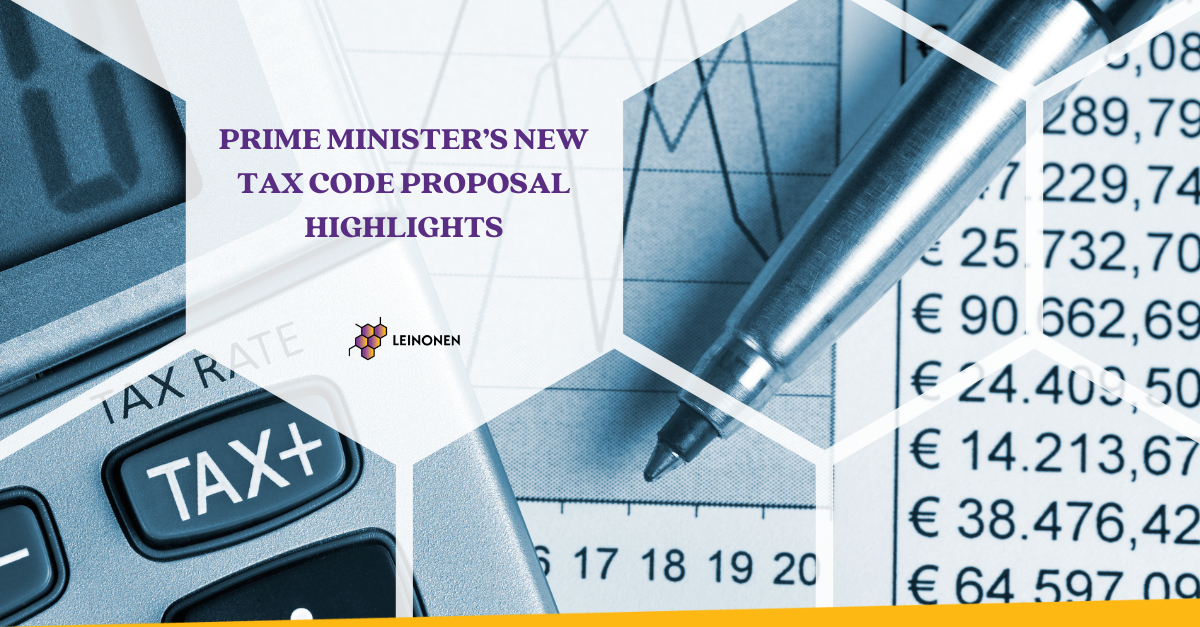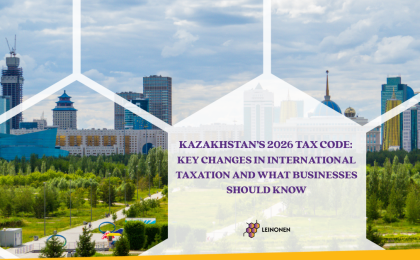In a recent communication to a group of Senate members, the Prime Minister presented several pivotal elements of the new Tax Code. These revisions are intended to streamline tax administration and address specific sectors and taxpayer groups. Below are the significant changes:
Corporate Tax Rate for Social Sector
The new Tax Code proposes a corporate income tax rate of no more than 10% for organizations in the social sector. This change aims to enable these entities to distribute dividends to their founders, promoting stronger growth and sustainability within the social sector.
Exemptions on Personal Income Tax
The updated tax rules propose that pension payments from the Unified Accumulative Pension Fund be exempt from personal income tax, except for payments to individuals exiting Kazakhstan and inherited funds. This measure is designed to provide financial relief to retirees and their beneficiaries.
VAT Payment System “e-Tamga”
A notable innovation in the proposed Tax Code is the introduction of the “e-Tamga” system. This new system for VAT payments will employ straightforward digital solutions, with all VAT transactions conducted via electronic VAT invoices. The main objectives of “e-Tamga” include:
- Enhancing Transparency: Reducing fictitious transactions and tax evasion.
- Automating VAT Refunds: Simplifying and expediting the VAT refund process.
Initially, “e-Tamga” will be introduced voluntarily in a pilot phase, allowing businesses to adjust and refine their processes before broader implementation.
Guidelines for Pilot Projects
The proposed Tax Code sets forth specific provisions for pilot projects in tax administration, including:
- Rights and Obligations: Clearly defined for participants and state revenue authorities.
- Duration: Limited to three years.
- Voluntary Participation: Ensuring no compulsory participation.
- Penalty Exemptions: No penalties for participants during the pilot phase.
- Public Notification: Requiring pilot projects to be announced via mass media.
These guidelines aim to effectively test new tax administration approaches without imposing undue burdens on participants.
Automated Desk Tax Review
This year, the format of desk tax reviews has shifted to an automated service model. Key features include:
- Automation: Minimizing human intervention and simplifying notification procedures.
- Risk-Based Notifications: Focusing on unfulfilled notifications for high-risk violations, with medium-risk notifications automatically marked as fulfilled unless exceptions apply.
Furthermore, the new Tax Code proposes renaming “elimination of violations” notifications to “potential discrepancies” notifications, reflecting a more lenient approach to reduce administrative burdens on taxpayers.
Vehicle Taxation
The new provisions suggest a differentiated approach to vehicle taxation based on the vehicle’s manufacture year. Older vehicles would receive reduced tax coefficients, potentially encouraging the use of newer, more efficient vehicles.
Excise Tax on Sugar-Sweetened Beverages
The government considered implementing an excise tax on sugar-sweetened beverages but decided against it. The anticipated 26.4% reduction in production and the need to balance economic interests led to this decision, reflecting a careful approach to fiscal policy.





